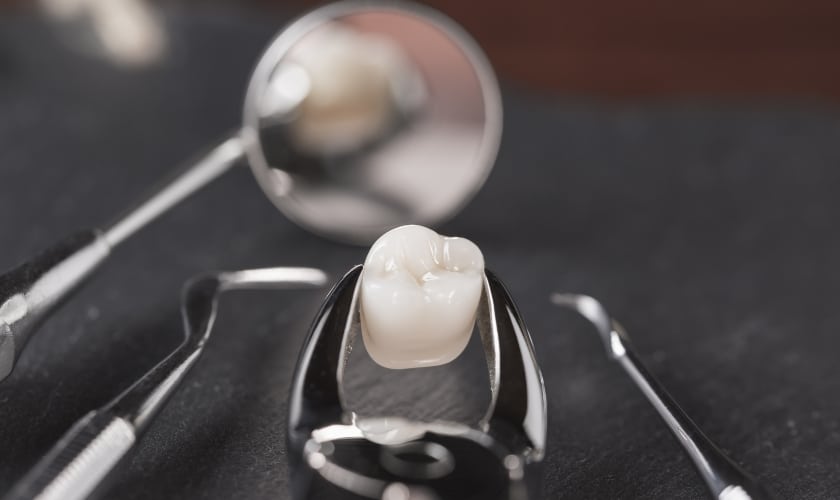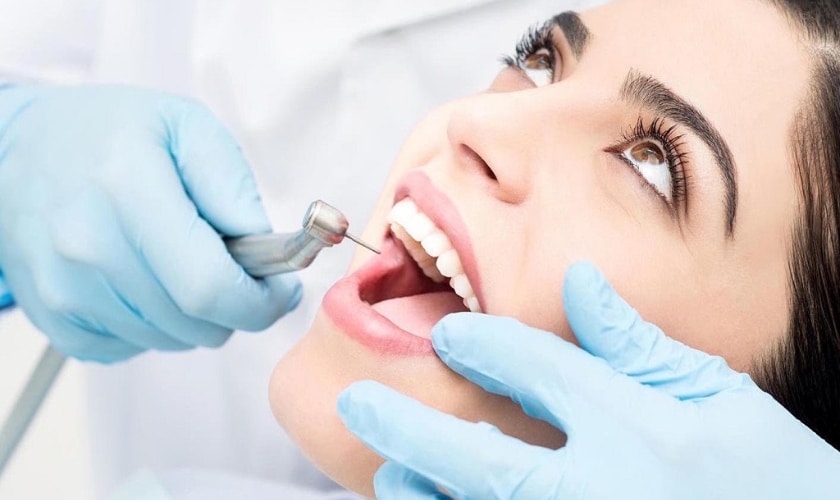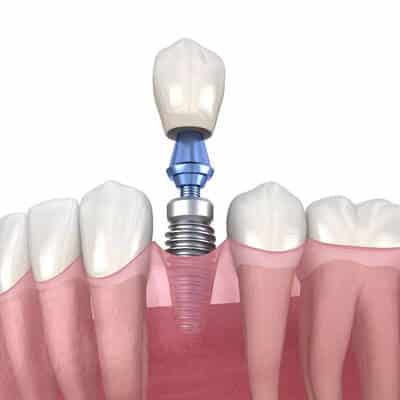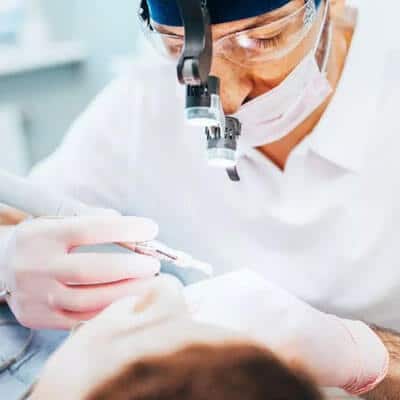
Dental emergencies can occur at any time, often without warning. Knowing when to seek immediate care can be the difference between saving or losing a tooth, and in some cases, it can even be life-saving. This comprehensive guide outlines five critical symptoms that necessitate an emergency dentist visit. Whether it’s severe pain, injury, or unusual symptoms, understanding these signs can help you take swift action and ensure the best possible outcome for your dental health.
1. Severe Toothache: More Than Just Pain
A toothache might seem common, but its intensity and nature can signal a severe underlying problem. If you experience a toothache that is persistent and severe, or if the pain increases with pressure, it could indicate an abscess or infection. These conditions require immediate attention, as they can lead to more serious complications if left untreated.
Signs to Watch For:
- Persistent, throbbing pain that does not subside
- Sensitivity to hot and cold temperatures
- Swelling in the face or cheek
- Fever or general malaise
Prompt treatment can alleviate pain, address the infection, and potentially save the tooth from extraction. In some cases, root canal therapy may be necessary to remove the infected tissue and preserve the tooth.
2. Broken or Chipped Teeth: Time is of the Essence
Accidents happen, and when they involve your teeth, the consequences can be dire. A broken or chipped tooth is not only aesthetically concerning but can also be the doorway to infection if the inner layers of the tooth are exposed to bacteria.
Immediate Actions:
- Rinse your mouth with warm water to clean the area
- Apply a cold compress to reduce swelling
- Keep any broken pieces of the tooth in a clean container, as they may help in the restoration process
Visiting an emergency dentist as soon as possible after the injury can increase the chances of saving the tooth, especially if the nerve is exposed. Treatments vary from dental bonding and veneers to crowns, depending on the extent of the damage.
3. Knocked-Out Tooth: The Golden Hour
Having a tooth completely knocked out (avulsed) is one of the most critical dental emergencies. There is a limited window of time, typically about an hour, during which the tooth has a chance to be successfully reimplanted.
Steps to Take:
- Find the tooth and hold it by the crown (the part that is visible in the mouth), not the root
- If dirty, gently rinse the tooth with water. Do not scrub or remove any attached tissue fragments
- Attempt to reinsert it in the socket. If not possible, keep the tooth moist by placing it in milk or saliva
- See an emergency dentist immediately
Quick action can mean the difference between saving and losing the tooth permanently.
4. Abscess: A Silent Threat
Dental abscesses are infections that occur around the root of a tooth or in the space between the teeth and gums. They are not only excruciatingly painful but can also lead to more serious infections if the bacteria spread to other parts of the body. Symptoms include severe, persistent toothache, sensitivity, fever, swelling, and a foul taste in the mouth.
Why It’s an Emergency:
Abscesses require prompt treatment to drain the infection and possibly save the tooth. Additionally, antibiotics may be prescribed to help fight the infection. If left untreated, the infection can spread to other areas of the body, leading to life-threatening conditions.
5. Bleeding and Pain After a Tooth Extraction: Not Normal
While some bleeding and pain are expected after a tooth extraction, excessive bleeding or pain that worsens after the first day is not normal and may indicate an infection or a dry socket. A dry socket occurs when the blood clot that should form in the socket where the tooth was removed is dislodged, exposing the bone and nerves.
Managing the Condition:
- Contact your dentist immediately if you suspect a dry socket or if bleeding and pain persist
- Treatment may include cleaning the socket, applying a medicated dressing, and prescribing pain medication
Understanding and recognizing these five critical symptoms can help ensure that you seek timely dental care, potentially averting serious health issues. Regular dental check-ups and maintaining good oral hygiene can prevent many emergencies, but knowing when to seek immediate care is crucial. In any dental emergency, time is of the essence, so do not hesitate to contact an emergency dentist if you experience any of these symptoms.












